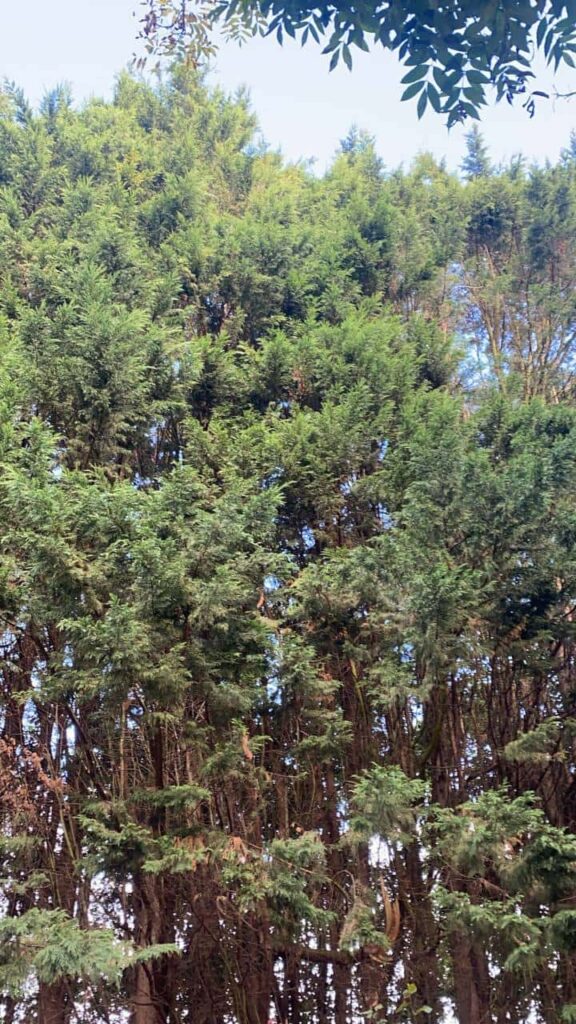At Wickham Market Tree Surgeons, we know how vital it is to ensure the long-term health of your trees. One often overlooked but significant threat to the well-being of trees is dead wood. This silent killer may appear harmless at first, but its presence can lead to a series of long-term problems, not just for the tree itself, but also for your property and the surrounding environment.
In this blog post, we’ll explore how dead wood affects trees over time, why it’s crucial to address the issue, and how our expert team in Wickham Market, Suffolk can help maintain the health and safety of your trees.
What Is Dead Wood?
Dead wood refers to branches or parts of the tree that have stopped receiving nutrients. While this can occur naturally due to age or damage, it’s important to manage dead wood regularly to prevent long-term complications. Dead wood may not always be immediately visible, but even small dead branches can have significant consequences if not addressed promptly.
How Dead Wood Affects Trees Long-Term
- Structural Weakness Dead wood weakens the structural integrity of the tree. Over time, dead branches become brittle and more susceptible to breaking, especially during high winds or storms. Large dead branches pose an even greater risk, as they can break off and cause severe damage to property or injury to people nearby. Regular inspections and removal of dead wood are essential to maintaining the stability and safety of your trees.
- Increased Risk of Disease Dead wood creates an ideal environment for pests, fungi, and other harmful organisms to thrive. Insects such as beetles and termites are attracted to decaying wood, and once they infest, they can spread to healthy parts of the tree, causing further damage. Additionally, fungi can colonise dead wood, leading to the spread of infections that threaten the tree’s overall health.
- Reduced Growth Potential Trees naturally direct their resources towards living, healthy branches. When dead wood is present, however, the tree’s overall energy is diminished as it tries to balance between sustaining healthy growth and dealing with decaying matter. This limits the tree’s growth potential, stunting its development and making it less resilient to environmental stresses.
- Impact on Aesthetic Appeal Dead wood not only weakens the health of a tree but also affects its appearance. A tree with visible dead branches looks unhealthy, detracting from the aesthetic appeal of your landscape. Over time, dead wood can lead to poor canopy development, making the tree appear sparse or uneven.
The Importance of Regular Dead Wood Removal
The removal of dead wood is a critical part of tree care that should not be overlooked. At Wickham Market Tree Surgeons, our team of professionals is highly skilled in identifying dead wood and removing it safely and efficiently. We understand that maintaining the health of your trees requires more than just basic trimming; it involves assessing and addressing potential hazards before they escalate into larger problems.
By proactively removing dead wood, you protect your trees from future decay, improve their health, and ensure the safety of your property.
Conclusion: Protect Your Trees with Expert Care
Dead wood may seem insignificant, but its long-term impact on the health and safety of your trees cannot be understated. Regular maintenance, including dead wood removal, is essential for ensuring that your trees thrive and remain structurally sound.
Call us on: 01728 448 695
Click here to find out more about Wickham Market Tree Surgeons
Click here to complete our contact form and see how we can help with your tree needs.

